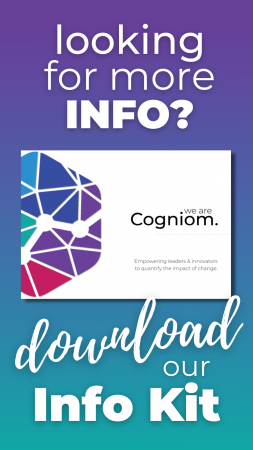Last month we started the conversation about QR codes and how their comeback has been one for the history books during the pandemic.
You guys blew up our inbox with conversations about where you’ve seen them and how you too were a little confused about what to use them for back in the day.

The use of QR Codes is getting more creative too. If you’re a tennis fan you would have seen the Uber Eats advertising campaign in the Australian Open coverage provided QR codes for the viewers to pick their own ending.
Even Super Bowl advertising got in on the action providing a QR Code for free cryptocurrency.
We’ve seen breakfast shows with QR Codes in their banners to give access to more information about the different segments they are broadcasting and major supermarket chains are embracing the codes to help shoppers instantly access information about their products.
(Click here to see other exciting ways the world has embraced the QR Code)
Every day we are being offered the opportunity to connect to more information from various types of media to our phones in an instant by scanning a QR Code.
So the question is, while we have finally found a place for QR codes to nestle into our daily lives, are we opening ourselves up to more security risks? Have these fast connection opportunities left us vulnerable?
Some are calling 2022 the year of the QR Code with 75% of people saying they would continue using a QR code moving forward.
According to Juniper Research, by the end of this year, 5.3 billion QR Code coupons will be redeemed by smartphones.
The same study also mentions that 1 billion smartphones will access QR Codes by 2022, which is a significant 300% increase from what was expected in 2017.

One topic that was raised from last month’s blog was that of security.
While virus protection is common place for desktops, our devices are largely left unprotected.
There are 6.64 billion smartphone users around the world and with a reported 70% of web traffic happening on a smart device. Norton reports that 70% of online fraud occurs through smart devices.
As we continue to innovate, and – with the significant increase in QR code usage, we must ensure that we are moving forward with a proactive approach to protecting our own information.
Just like any other innovative product the QR Code will continue to evolve and become smarter and more secure. As our own habits of accessing information and storing data change in a post pandemic world, we have to remain vigilant about ensuring how we are protecting ourselves and ALL our devices keeps up with those changes.
Progress with innovation is never going to stop.
Rather than fearing or refusing to embrace it, we should be a no brainer that we are protecting ourselves against those who wish to take advantage and ensure our innovative future is also well protected.







